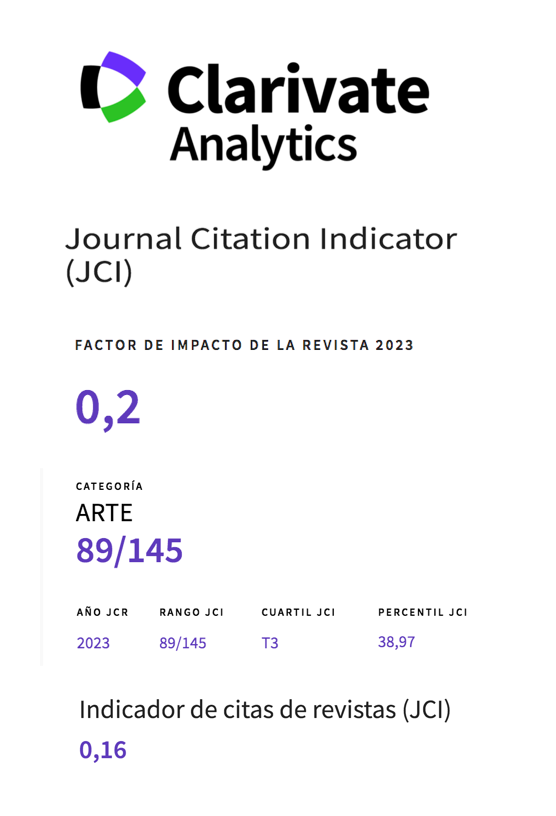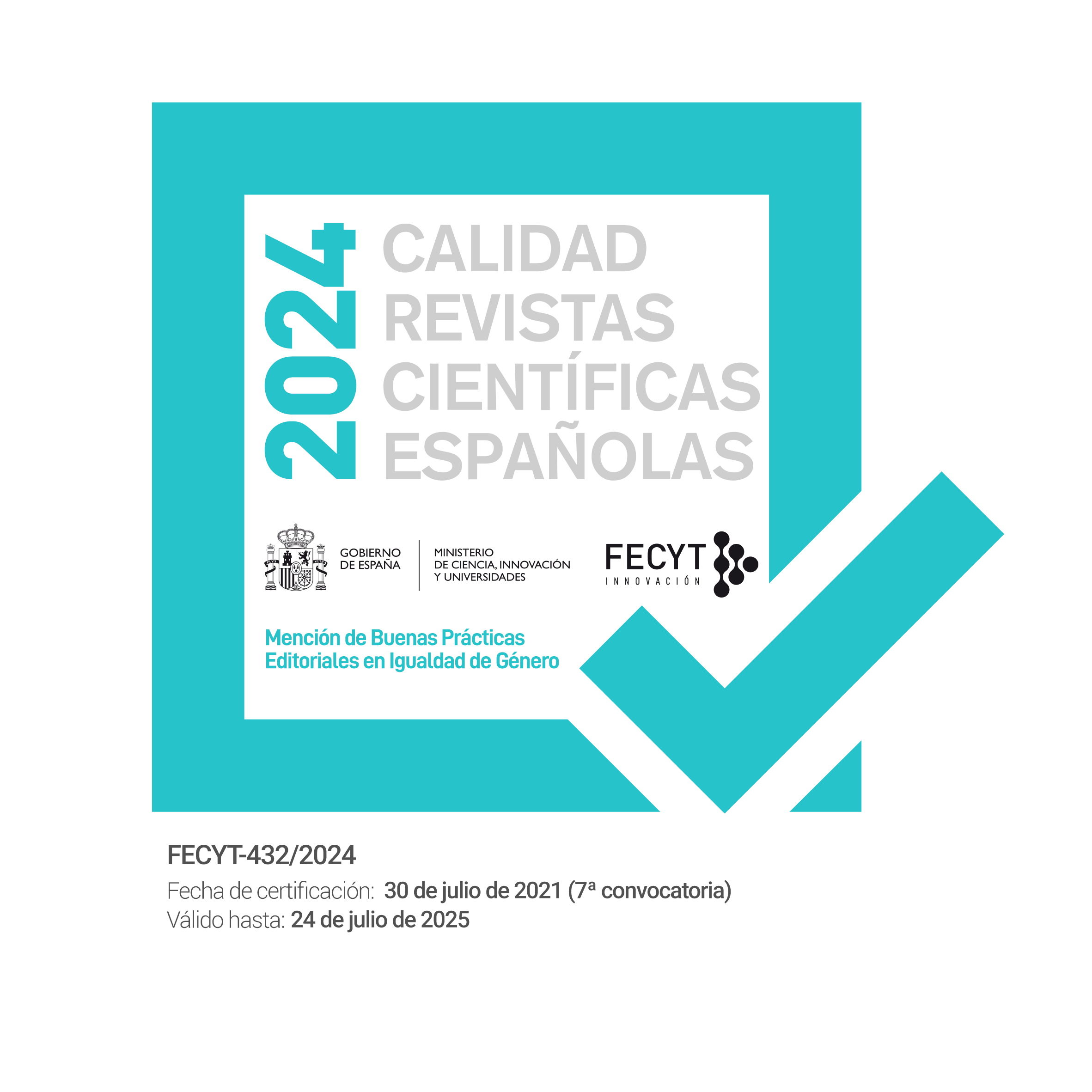Modularidade: Apontamentos para a possibilidade dos desenhos como imagens modulares.
Resumen
Este texto desenrola-se em torno de uma exploração à complexidade do desenho como meio integrador e criador de experiências de realidade. Um desenho é uma imagem para quem o olha, mas que deve ser percebido como um desenho para manter a sua potência construtiva. Esta abordagem permitiu distinguir quatro características interligadas dos módulos que se constituem como interface entre os dois territórios: independência, integração, persistência e repetição. A investigação centrou-se na análise do livro “Modularity – Understanding the Development and Evolution of Natural Complex systems” e de alguns textos, especielmente de Lev Manovich, que abordam o assunto da modularidade no contexto da criação com meios digitais. Com esta exploração procuram-se abrir portas a possíveis lugares para um novo tipo de desenho, contemporâneo e trans-contextual, assente na potência dos meios digitais.Descargas
-
Resumen184
-
PDF138
Citas
Alexander, C. (1964). Notes on the synthesis of form. Cambridge, Mass.; London, Eng., Harvard University Press
Antonelli, P. (2008). Design and the elastic mind. New York, Museum of Modern Art
Callebaut, W. and D. Rasskin-Gutman, Eds. (2005). Modularity, Understanding the development and evolution of natural complex systems. The Vienna series in theoretical biology. Cambridge, Mass; London, Eng, The MIT press:
Simon, H. A. (2005). The structure of complexity in an evolving world: the role of near decomposability. (pp. ix-xiv)
Callebaut, W. (2005). The Ubiquity of Modularity. Modularity, Understanding the development and evolution of natural complex systems. (pp. 3-28)
Wagner, G. P., J. Mezey, et al. (2001). Natural selection and the origin of modules. Gûnter P. Wagner, Jason Mezey, Raffaele Cakabretta, (pp. 33-50)
Callebaut, W. and D. Rasskin-Gutman (2005). EVO-PATTERNS: WORKING TOWARD A GRAMMAR OF FORMS. (pp. 181-184)
McShea, D. W. and C. Anderson (2005). The Remodularization of the Organism. (pp. 185-206)
Jablan, S. J. (2005). Modularity in Art. (pp. 259-282)
Buscalioni, A. D., A. d. l. Iglesia, et al. (2005). Modularity at the boundary between art and science. (pp. 283-304)
Calabretta, R. and D. Parisi (2005). Evolutionary Connectionism and Mind/Brain Modularity. (pp. 309-330)
Collier, G. (1972). Form, space and vision. New Jersey, Prentice Hall, Inc.
Eco, U. (1986). Travels in hyperreality : essays. San Diego, Harcourt Brace Jovanovich.
Manovich, L. (2001). El lenguaje de los nuevos medios de comunicación. Barcelona, Paidós Ibérica, S. A
Marr, D. (1983). Vision: A Computational Investigation into the Human Representation and Processing of Visual Information. San Francisco, W. H. Freeman & Co.
Mitchell, W. J. (1992). The reconfigured eye. Cambridge, Mass.; London, Eng., The MIT Press
Robinson, H. P., (1869), Pictorial effect in photography; reimpresso: Pawlet, V.T., (1971), Helios
SUTHERLAND, I. (1963) Sketchpad: A man-machine graphical communication system. Computer Laboratory. Cambridge, Massachusetts, Massachusetts Institute of Technology.
Definição de fenótipo:http://pt.wikipedia.org/wiki/fenótipo (consulta: 05/01/2010)
Grau, O. (1999) “History of telepresence: automata, illusion and rejecting the body.”: http://www.academia.edu/attachments/31420945/download_file (consulta: 22/11/2013)
Manovich, L. (2005), “Understanding meta media.” 1000 days of theory, http://www.ctheory.net/printer.aspx?id=493(consulta: 22/11/2013)
Manovich, L. (2005), “Remixing and remixability”, www.manovich.net/DOCS/Remix_modular.doc, (consulta: 20/06/2007)
Manovich, L. (2008), “Software Takes Command”, http://softwarestudies.com/softbook/manovich_softbook_11_20_2008.pdf (consulta 28/11/2009)
Morozov, E. (2013) Only Disconnect. The New Yorker. Oct. 28. New York. (pp. 33-37)
Sutton, I. (2009). “The parable of the two watchmakers.”, em http://www.headwaysoftware.com/blog/2009/03/watchmakers-parable/ (consulta: 04/05/2009)
Tse, P. U. and H. C. Hughes (2004). Visual Form Perception. The Encyclopedia of Neuroscience. B. Adelman and B. Smith, Elsevier
Works published in this journal are subject to the following terms:
- The Service of Publications from the University of Murcia (publishing house) keeps the published works’ copyrights, and favors and allows the reuse of these works under the license indicated in point 2.
- Works are published in the journal’s online edition under the license Creative Commons Reconocimiento-NoComercial-SinObraDerivada 3.0 España(texto legal). They can be copied, used, disseminated, transmitted and publicly exhibited, as long as: i) the author and original source of publication are cited (journal, publishing house and work’s URL); ii) they are not used for commercial purposes; iii) the existence and specifications of this license are mentioned.
3. Conditions for auto-file. It is allowed and encouraged that authors share electronically their pre-print version (the pre-reviewed version) and /or post-print version (the reviewed and accepted version) of their Works before the publication, since it promotes its circulation and dissemination. RoMEO color: green.









